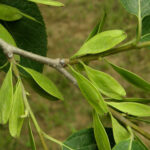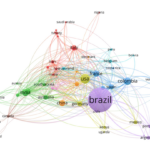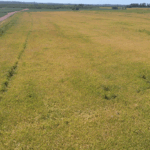By Júlio de Araújo Gurgel, Professor of the Dentistry Postgraduate Program of Universidade CEUMA, São Luís, MA, Brazil
Research carried out in the Dentistry Postgraduate Program of Universidade CEUMA, in São Luís (MA), evaluated the maximum insertion torque (MIT) of orthodontic mini-implants (OMI). The researchers observed that the MIT of OMI inserted at 90 degrees was higher than the ones inserted at 60 degrees. Thus, when the inter-radicular space allows the insertion at 90 degrees, such angle enables obtaining a higher MIT and, consequently, there is an improvement in stability of the OMI.
The MIT represents the numerical quantification of primary stability of the OMI. These results were obtained in human alveolar bone in ex vivo and were found for two commercial brands of OMI.
The research also observed that the MIT found was higher for self-piercing MIO (used in the research) than the ones described by the literature for self-screwable MIO. So far, the literature is still scarce in split-mouth studies carried out in human alveolar bone.
Other studies have reported the quantity and quality of the cortical bone being related to mini-implants stability failure when the maxilla and the mandible are compared. In our study, we analyzed mini-implant/cortical bone relation only for the posterior alveolar region of the maxilla. The same results should not be extrapolated for other areas of the jaws, such as the posterior mandibular cortical bone. Thickness of the cortical bone and hardness of the mandibular bone are different when compared to the bone of the maxilla, especially in the posterior region.
The results were published in the article “Effect of vertical placement angle on the insertion torque of mini-implants in human alveolar bone” Vol. 21, No. 5 of Dental Press Journal of Orthodontics.
To read the article, access it:
MAYA, R.R., PINZAN-VERCELINO, C.R.M. and GURGEL, J.A. Effect of vertical placement angle on the insertion torque of mini-implants in human alveolar bone. Dental Press J. Orthod. [online]. 2016, vol. 21, no. 5, pp. 47-52, ISSN: 2177-6709 [viewed 31 January 2017]. DOI: 10.1590/2177-6709.21.5.047-052.oar. Available from: http://ref.scielo.org/5jfdfm
External link
Dental Press Journal of Orthodontics – DPJO: <http://www.scielo.br/dpjo>
Como citar este post [ISO 690/2010]:


















Recent Comments